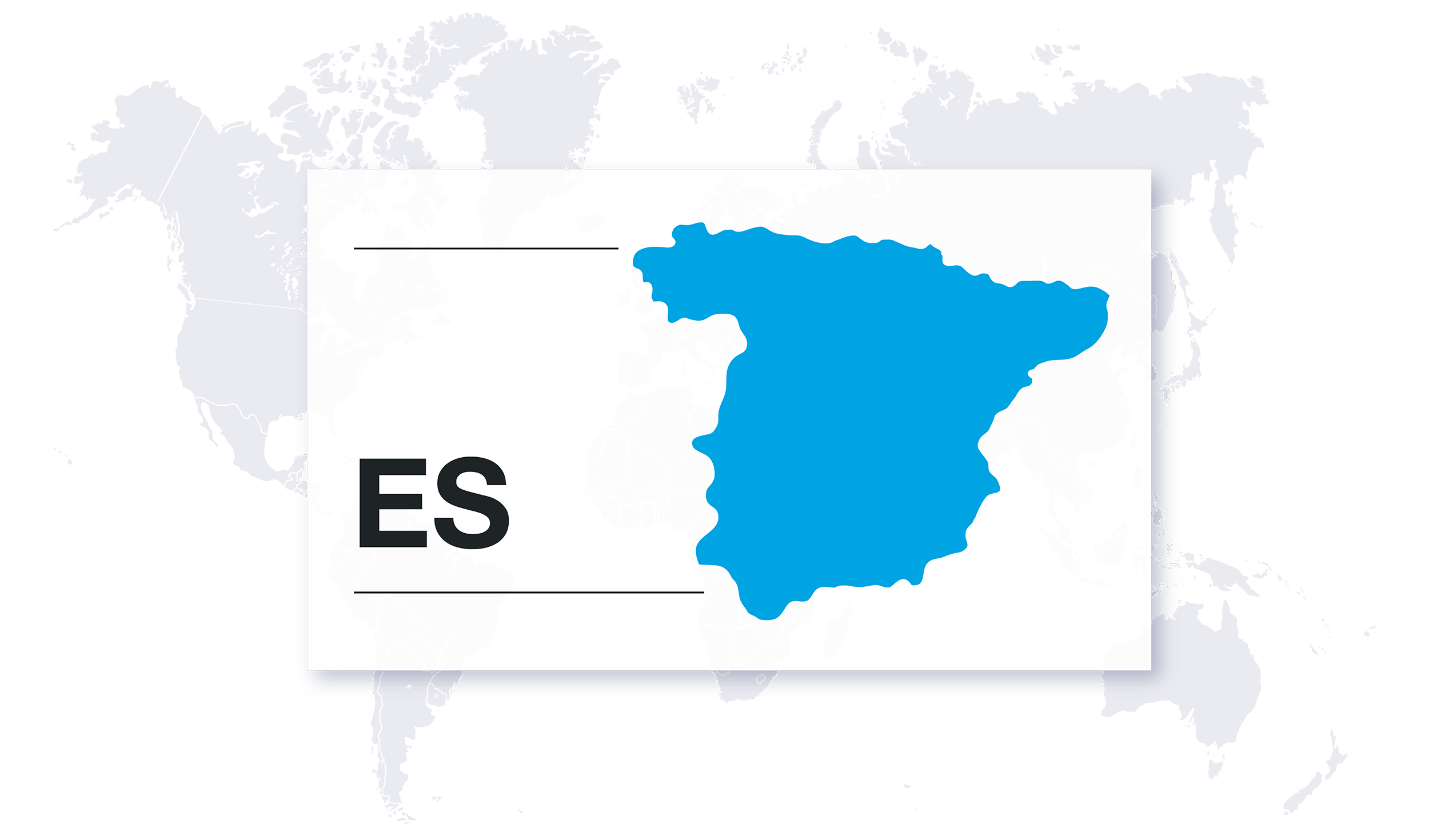
![]()
The clock is ticking. For employers doing business in California (which encompasses a significant number of employers around the country), the deadline for submitting SB 1162’s required pay data report including annual mean and median pay data is looming—Wednesday, May 10, 2023.
However, the California Civil Rights Department (CRD) has proposed a two-month extension for employers to comply with the state’s new pay data reporting requirements for workers hired through labor contractors, potentially moving the deadline from May 10, 2023 to July 10, 2023, as the new regulations have caused confusion and uncertainty among employers and labor contractors. It is imperative, nonetheless, for employers to prepare for the inevitable pay data reporting requirements.
Implications for a Wide Range of Employers
California’s pay transparency law, also known as Senate Bill 1162 (SB 1162), has significant implications for employers across the country. The law amends SB 973 and affects employers, including non-profits.
SB 1162 expands pay reporting obligations, requires employers to maintain records of job titles and wage rate history for each of their employees, and mandates that the pay scale for positions be provided to current employees and included in any job postings.
The California Pay Reporting Law is far-reaching, impacting not only employers with headquarters in California but any employers that conduct business in California. SB 1162 requires pay transparency for both applicants and employees; and requires that pay ranges be included in job descriptions and made available upon request. Pay notification obligations are designed to ensure transparency and to prompt employers to adjust pay practices as necessary to ensure equity.
Changes Instituted Under SB 1162
The changes related to pay data reporting under SB 1162 include the following:
- Expanding impacted employers to those that employ 100 or more employees hired through labor contractors (entities that supply workers)
- Employers with 15 or more employees—with at least one of those employees located in California—must disclose pay ranges in all job listings
- Moving the filing deadline from March to the second Wednesday in May (May 10, this year)
- Requiring pay data reports to include both the mean and median hourly wages broken down by race, ethnicity, and gender for each job category
- Eliminating the option to submit an EEO-1 report instead of a pay data report
- Implementing penalties of $100/employee if employers fail to file the required report, and boosting that to $200/employee for subsequent failures
As the reporting deadline looms, it’s important to understand what you will need to include in your report.
What To Include in Your Report
Employers are required to track job titles and wage rates for each of their job positions and maintain records for the duration of an employee’s tenure, plus three years following termination, to comply with pay data retention requirements. Your report will need to include:
- Mean and median hourly pay rates for employees by gender and race/ethnicity in specific job categories
- Number of employees by gender, race/ethnicity, whose earnings fall within each of the pay bands used by the U.S. Bureau of Labor Statistics in its Occupational Employment Statistics survey
- Total number of hours worked by each employee in each pay band during the reporting year
In What You Need to Know About California’s SB 1162 Pay Equity Law, we provide some additional detail about the new law and its requirements, along with several fictitious examples of organizations taking steps to ensure compliance.
Keep in mind that while legal requirements and potential penalties certainly provide an impetus for employers to be equitable and transparent with their pay practices, that’s not the only reason to do so. Equity and transparency matter to employees—and potential employees too. According to Josh Bersin’s new pay equity study, “pay equity has now become more important to workers than their level of pay.”
Preparing Pay Data with a Pay Equity Audit
Preparing to submit your data should start with a pay equity audit to identify, address, and correct any pay disparities. This process will help you identify what your compensation data looks like so you can file subsequent reports with confidence. By performing a pay audit you will be able to catch and address any “unintended” illegal pay practices and fix any issues before submitting your report. That could result in significant penalties saved (initially $100/impacted employee).
Trusaic can help you conduct a pay equity audit and ensure that you’re fulfilling all of your responsibilities. We’re just a phone call or click away.




